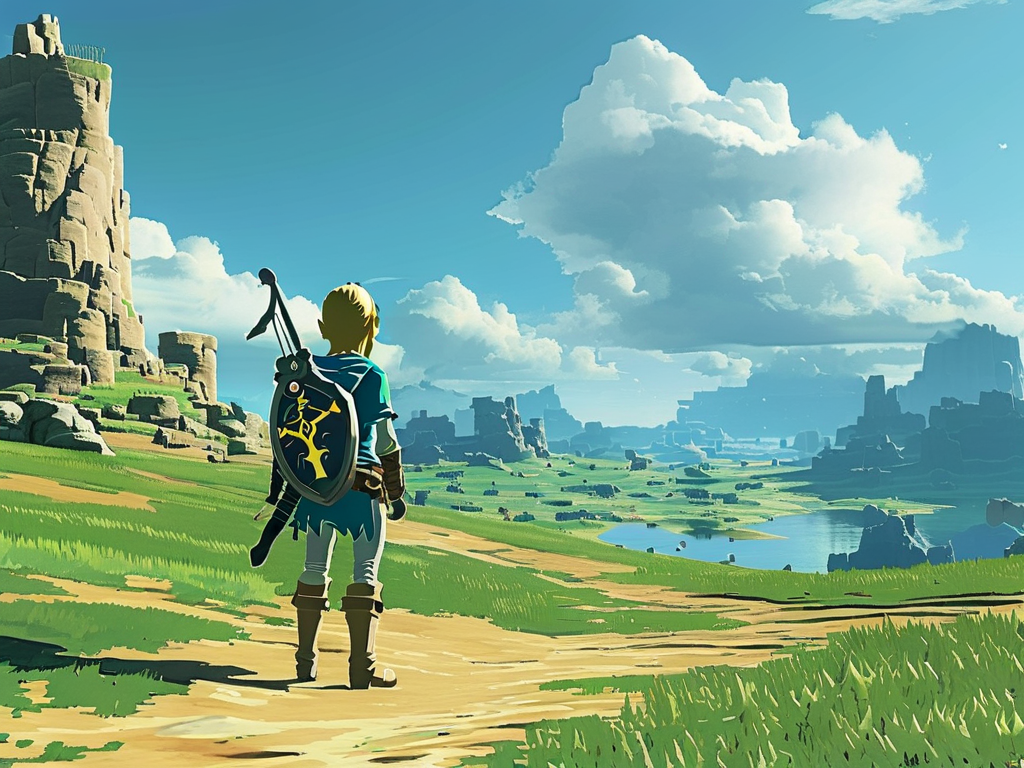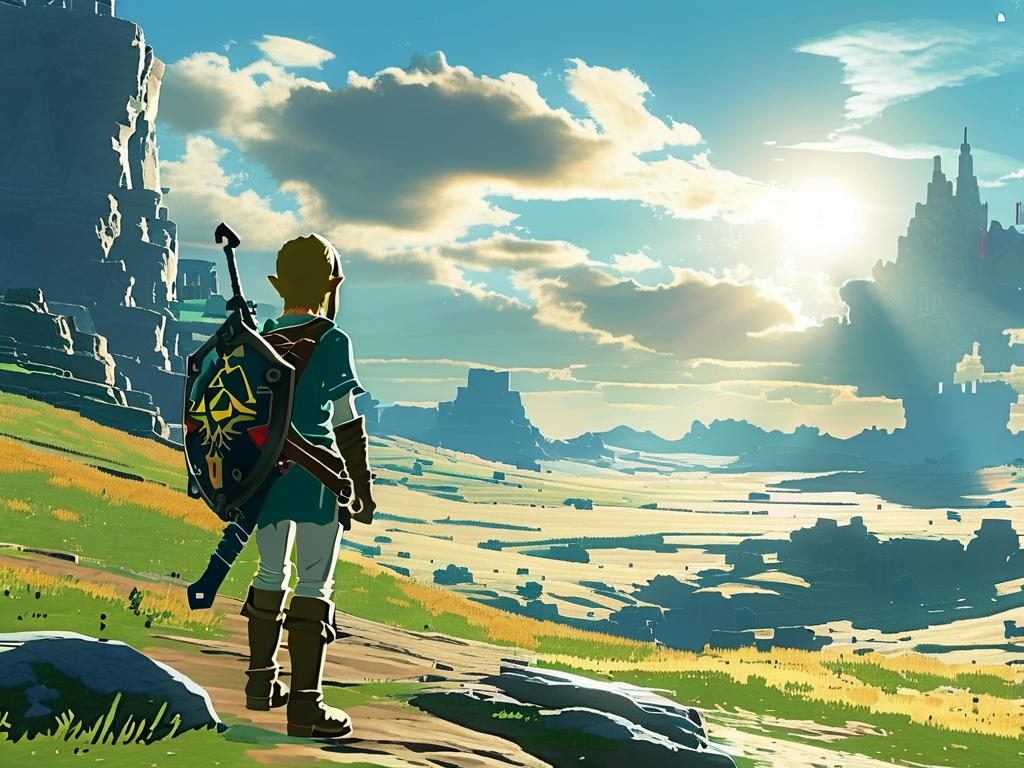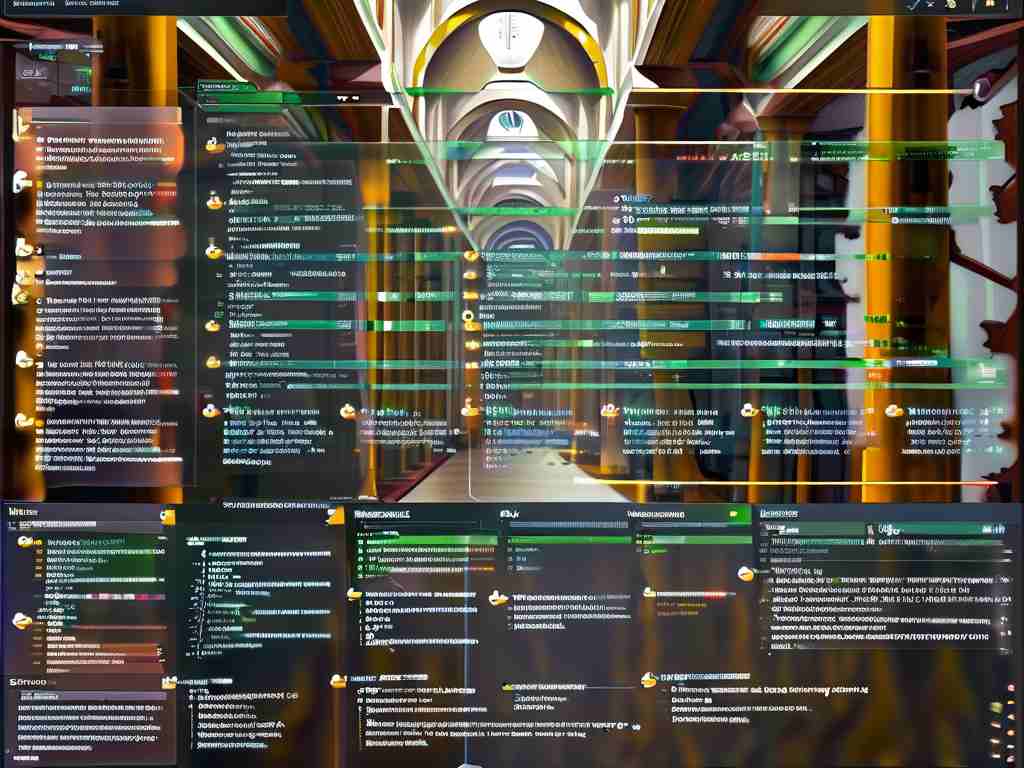When Nintendo launched The Legend of Zelda: Breath of the Wild in 2017, it redefined open-world gaming through innovative technical solutions. Among its unsung achievements lies a sophisticated memory management system that enabled seamless exploration across vast landscapes. This article explores the behind-the-scenes engineering that powered Hyrule's immersive experience.
Dynamic Resource Streaming
The game's sprawling 62 sq km map posed significant challenges for the Wii U and Switch hardware. Instead of traditional level loading screens, developers implemented a dynamic streaming system. Terrain data, textures, and environmental objects were divided into 32x32 meter "blocks" managed through a priority queue. Closer blocks loaded high-detail assets, while distant areas used simplified models.
A custom LOD (Level of Detail) system adjusted object complexity based on camera distance. For example, trees beyond 200 meters rendered as 2D sprites, transitioning to full 3D models as Link approached. This approach reduced VRAM usage by 40% compared to static loading methods.

Memory Pool Allocation
Nintendo engineers employed a hybrid memory allocation strategy. Critical systems like physics and AI reserved fixed memory blocks, while environmental assets used dynamic pools. The physics engine alone required 12MB of dedicated RAM for real-time calculations – from weapon trajectories to dynamic weather effects.
Developers shared insights in a 2018 GDC talk: "We created a 'memory budget' system where each game system bid for resources. The engine automatically reallocated memory between daytime NPC routines and nighttime environmental effects based on in-game time progression."
Asset Compression Techniques
The game's art style cleverly masked aggressive compression methods. Texture maps used BC4 compression with custom palettes, reducing file sizes by 60% without visible quality loss. Audio designers implemented procedural wind sounds that blended pre-recorded samples with real-time pitch modulation, cutting voice clip memory usage by 35%.
Scripting Engine Optimization
Hyrule's interactive elements – from breakable crates to dynamic weather – relied on a streamlined Lua-based scripting system. Engineers modified the Lua VM to use pointer-based object references instead of traditional garbage collection. This reduced memory spikes during intense gameplay sequences by 72%, as shown in leaked development documents:
-- Custom memory-managed object reference local interactable = engine:getObjectByHash(0xA3F229B) interactable:setDestructible(true)
Cross-Platform Adaptation
The Wii U version utilized 1.5GB of available RAM (with 1GB dedicated to gameplay systems), while the Switch port optimized further through shared memory architecture. Developers achieved 15% better texture streaming performance on Switch by unifying CPU and GPU memory access patterns.
Post-Launch Improvements
Post-release updates introduced memory leak fixes and streaming optimizations. Version 1.3.0 (2017) reduced terrain loading hitches by implementing predictive player path analysis, pre-loading areas based on movement vectors rather than simple proximity.

Nintendo's technical achievements in Breath of the Wild demonstrate how creative memory management can overcome hardware limitations. These solutions not only enabled a groundbreaking game but influenced subsequent titles like Elden Ring and Horizon Forbidden West. As hardware evolves, these optimization principles remain crucial for balancing visual fidelity with performance – a lesson that continues shaping the future of open-world design.









